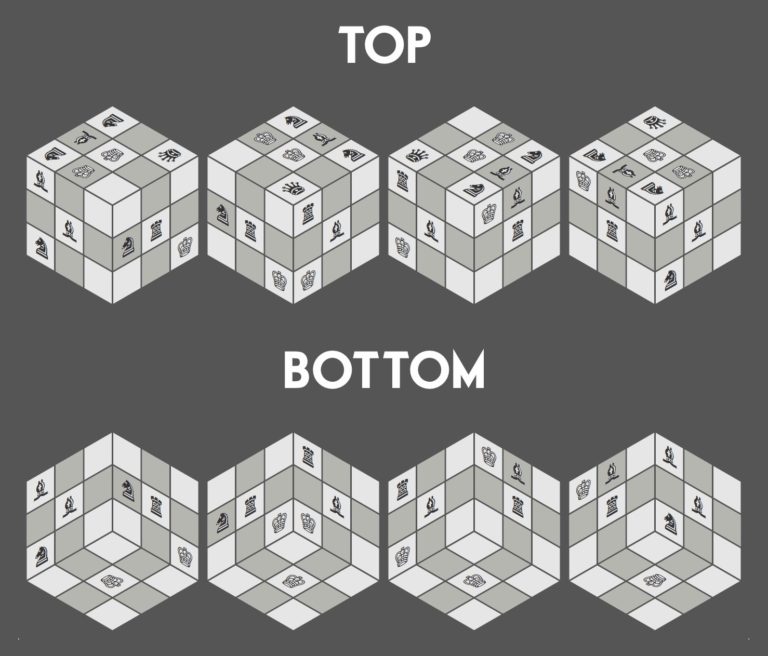Larger or Smaller
Alice secretly picks two different integers by an unknown process and puts them in two envelopes. Bob chooses one of the two envelopes randomly (with a fair coin toss) and shows you the number in that envelope. Now you must guess whether the number in the other, closed envelope is larger or smaller than the one you have seen.
Is there a strategy which gives you a better than 50% chance of guessing correctly, no matter what procedure Alice used to pick her numbers?
Choose any strictly decreasing function F on the set of all integers which takes values between 0 and 1. Now, if you see the number X in Bob’s envelope, guess with probability F(X) that this number is smaller. If the two numbers in the envelopes are A and B, then your probability of guessing correctly is equal to:
F(A) * 0.5 + (1 – F(B)) * 0.5 = 0.5 + 0.5 * (F(A) – F(B)) > 50%.





